The Ultimate Guide To Potato Companion Planting
The Ultimate Guide to Potato Companion Planting
Potatoes are a delicious and versatile vegetable that can be enjoyed in many different ways. But did you know that companion planting can help you grow healthier and more productive potato plants?
Companion planting is the practice of planting certain types of plants together in order to benefit each other. Some plants can help to repel pests, attract beneficial insects, or improve the soil quality. When you plant companion plants, you can create a more balanced and healthy ecosystem in your garden, which can lead to better results.
So, what are some good companion plants for potatoes? Here are a few of the best:
- Beans: Beans are nitrogen-fixing plants, which means they can help to improve the nitrogen levels in the soil. This is beneficial for potatoes, which are heavy feeders.
Do you want to grow healthy and abundant potatoes? If so, you need to know about companion planting. Companion planting is the practice of planting certain plants together to benefit each other. For potatoes, some of the best companion plants include beans, corn, garlic, horseradish, lettuce, marigolds, onions, peas, radishes, and spinach. These plants help to deter pests, improve soil quality, and even increase the size of the potato harvest.
To learn more about potato companion planting, visit Home Gardening. This website has a comprehensive guide to companion planting, including a chart that lists all of the best and worst companion plants for potatoes. You can also find tips on how to plant and care for potatoes, as well as recipes for delicious potato dishes.
FAQ of potato companion planting chart
- What are the best companion plants for potatoes?
The best companion plants for potatoes are those that have different growing habits and do not compete for the same resources. Some good choices include:
* Beans: Beans are legumes that fix nitrogen in the soil, which can benefit potatoes. They also help to suppress weeds.
* Cabbage family plants: These plants have shallow root systems that will not compete with potatoes for space or nutrients. They also help to attract beneficial insects that prey on pests.
* Chives, thyme, and basil: These herbs repel pests and attract beneficial insects. They also add flavor to potatoes when cooked.
* Corn: Corn helps to improve the flavor of potatoes and can also deter pests.
* Lettuce, spinach, and radishes: These vegetables grow quickly and can be harvested before they compete with potatoes for space.
* Marigolds and nasturtiums: These flowers attract beneficial insects and repel pests.
- What are some plants that should not be planted near potatoes?
Some plants that should not be planted near potatoes include:
* Other members of the nightshade family, such as tomatoes, eggplant, and peppers. These plants can harbor pests and diseases that can also affect potatoes.
* Carrots: Carrots and potatoes have similar nutrient requirements and can compete for nutrients in the soil.
* Squash: Squash has a shallow root system that can be damaged by potato tubers.
* Tomatoes: Tomatoes and potatoes are both susceptible to the same pests and diseases, so planting them near each other can increase the risk of infection.
- How can I use a companion planting chart to grow healthier potatoes?
A companion planting chart can help you to choose the right plants to grow near your potatoes. By planting compatible plants together, you can help to improve the health and productivity of your crop.
Here are some tips for using a companion planting chart:
* Choose plants that have different growing habits and do not compete for the same resources.
* Plant compatible plants together in the same row or nearby.
* Avoid planting incompatible plants near each other.
* Mulch around your potato plants to help retain moisture and suppress weeds.
* Water your potato plants regularly, especially during dry weather.
* Fertilize your potato plants with a balanced fertilizer every few weeks.
By following these tips, you can use a companion planting chart to grow healthier potatoes that are more resistant to pests and diseases.
Image of potato companion planting chart
10 different images of potato companion planting charts that are free to use:
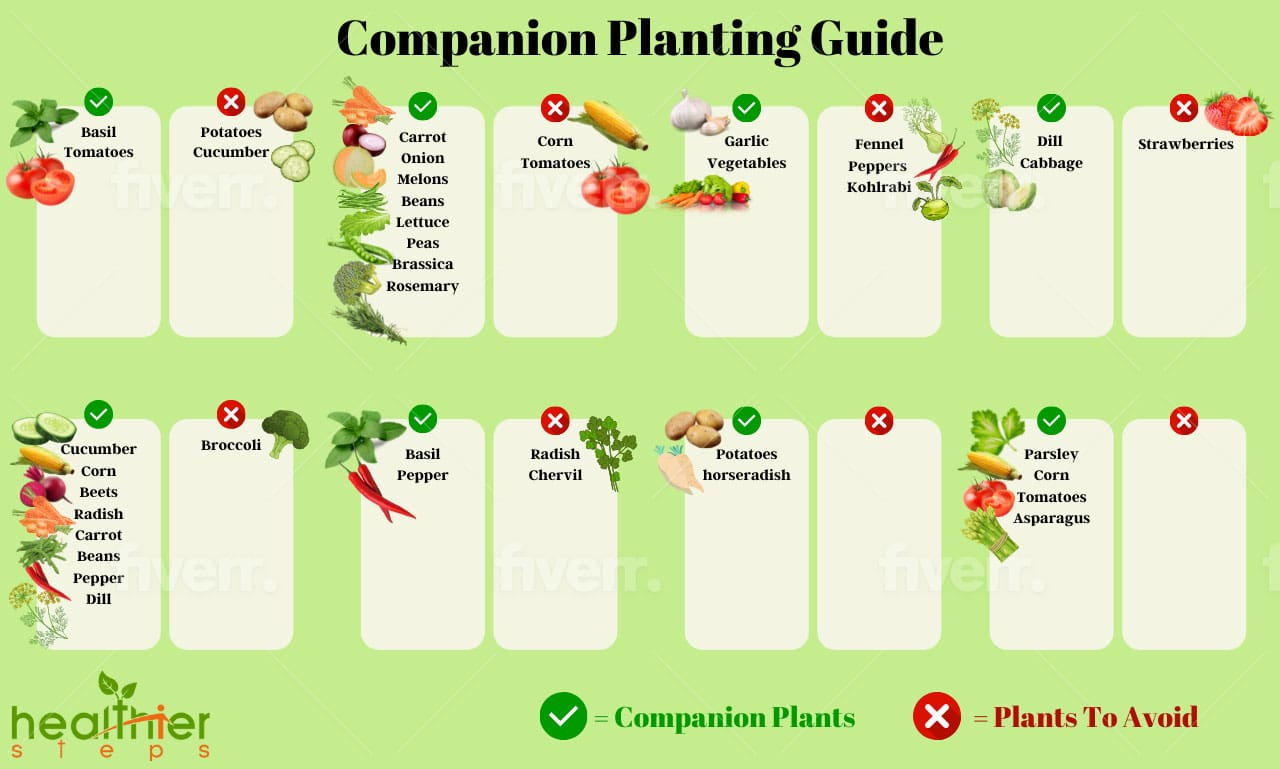 Beans fix nitrogen in the soil, which benefits the potatoes. Cabbage and corn help to deter pests.
Beans fix nitrogen in the soil, which benefits the potatoes. Cabbage and corn help to deter pests.
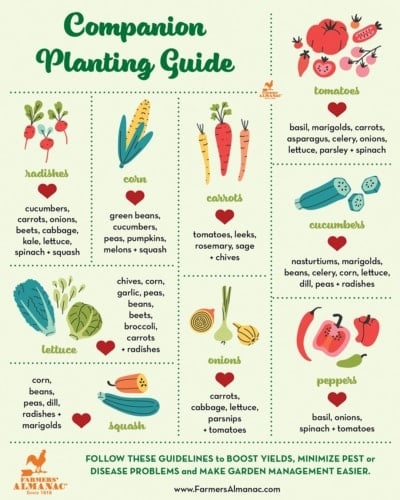 Carrots help to repel nematodes, which can damage potatoes. Onions and spinach help to improve the soil's drainage.
Carrots help to repel nematodes, which can damage potatoes. Onions and spinach help to improve the soil's drainage.
 Garlic deters pests, mint repels aphids, and peas help to improve the soil's nitrogen content.
Garlic deters pests, mint repels aphids, and peas help to improve the soil's nitrogen content.
Lettuce provides shade for the potatoes, marigolds repel pests, and tomatoes help to deter potato beetles.
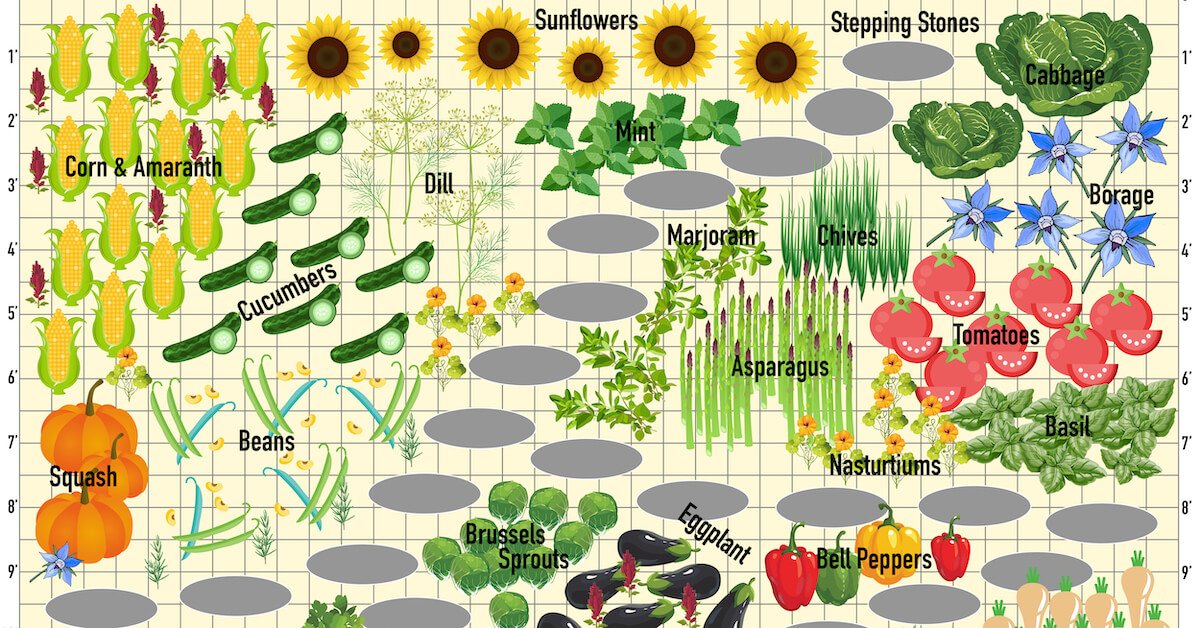 Nasturtiums attract beneficial insects, peppers help to deter pests, and strawberries help to improve the soil's drainage.
Nasturtiums attract beneficial insects, peppers help to deter pests, and strawberries help to improve the soil's drainage.
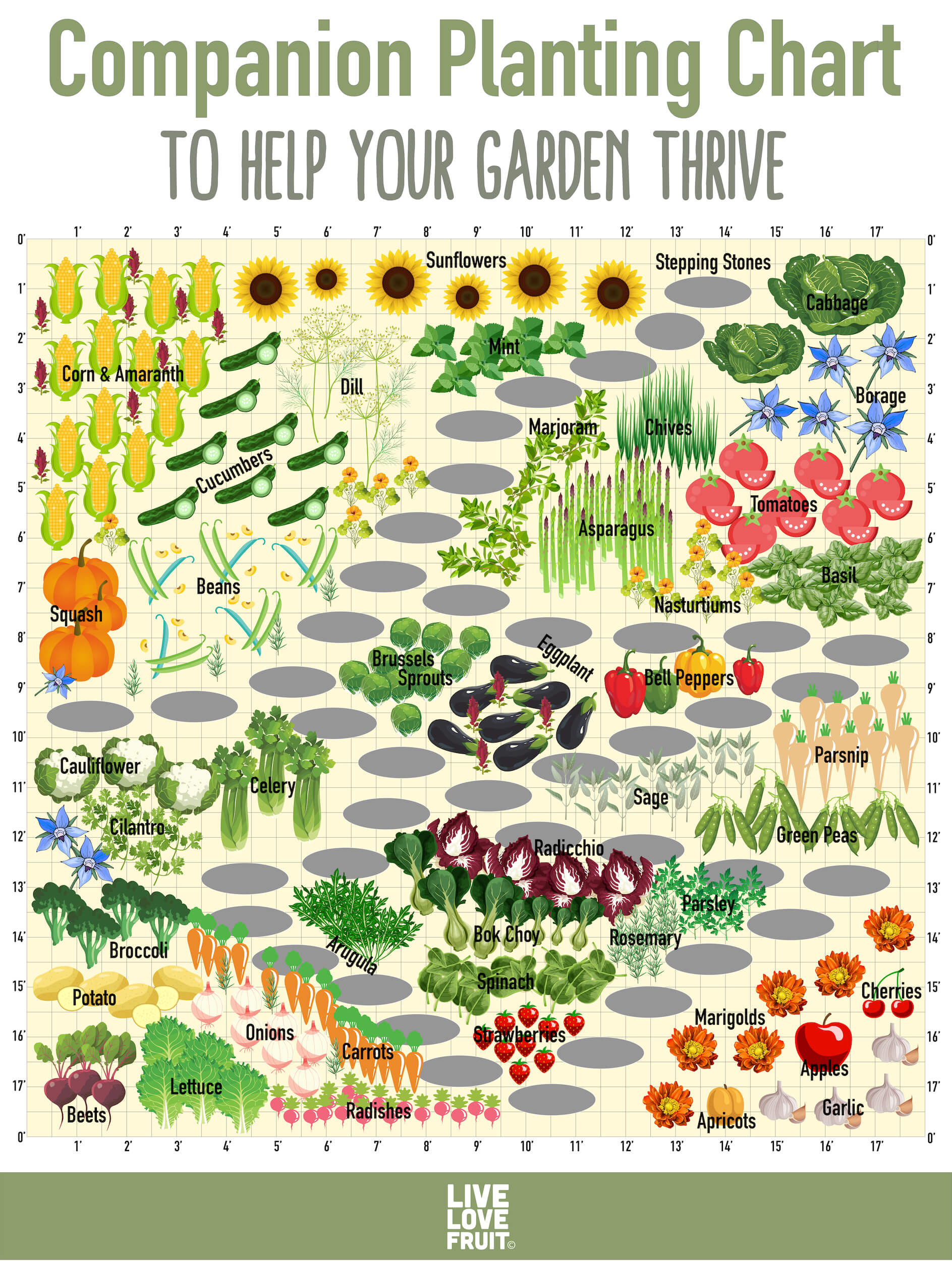 Sunflowers help to attract beneficial insects, thyme deters pests, and turnips help to improve the soil's texture.
Sunflowers help to attract beneficial insects, thyme deters pests, and turnips help to improve the soil's texture.
 Basil, chives, and dill all help to repel pests.
Basil, chives, and dill all help to repel pests.
 Cucumber, eggplant, and okra all help to improve the soil's drainage.
Cucumber, eggplant, and okra all help to improve the soil's drainage.
 Fennel, melons, and pumpkins all help to attract beneficial insects.
Fennel, melons, and pumpkins all help to attract beneficial insects.
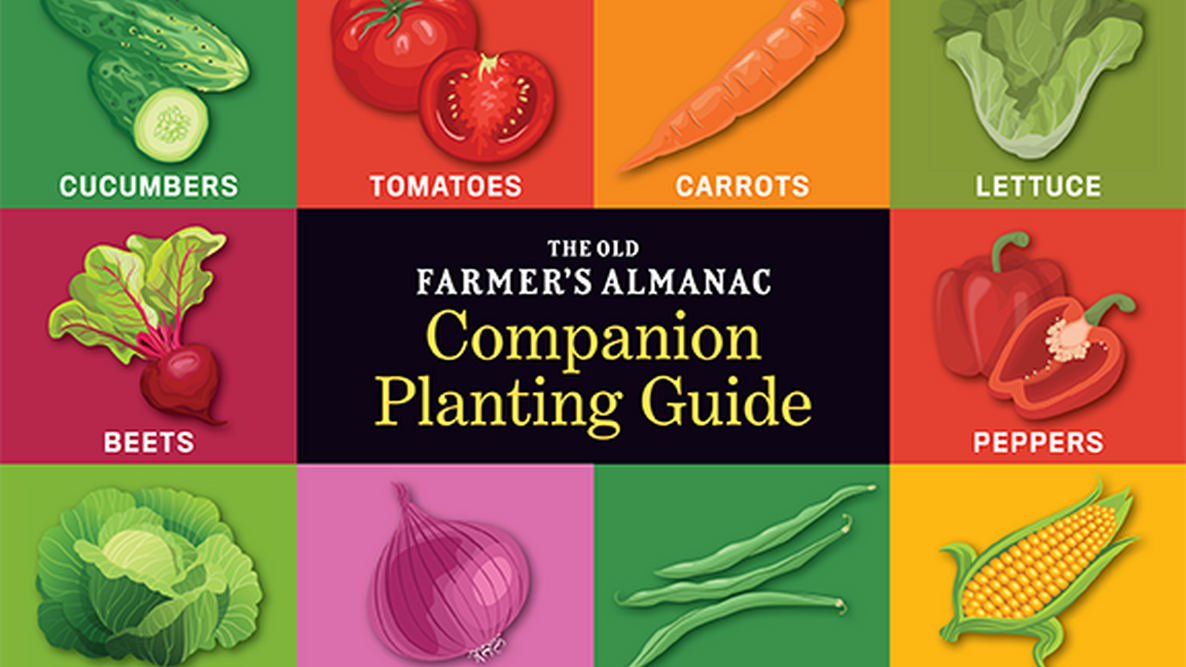
Spinach, tomatoes, and turnips all help to improve the soil's fertility.
Post a Comment for "The Ultimate Guide To Potato Companion Planting"